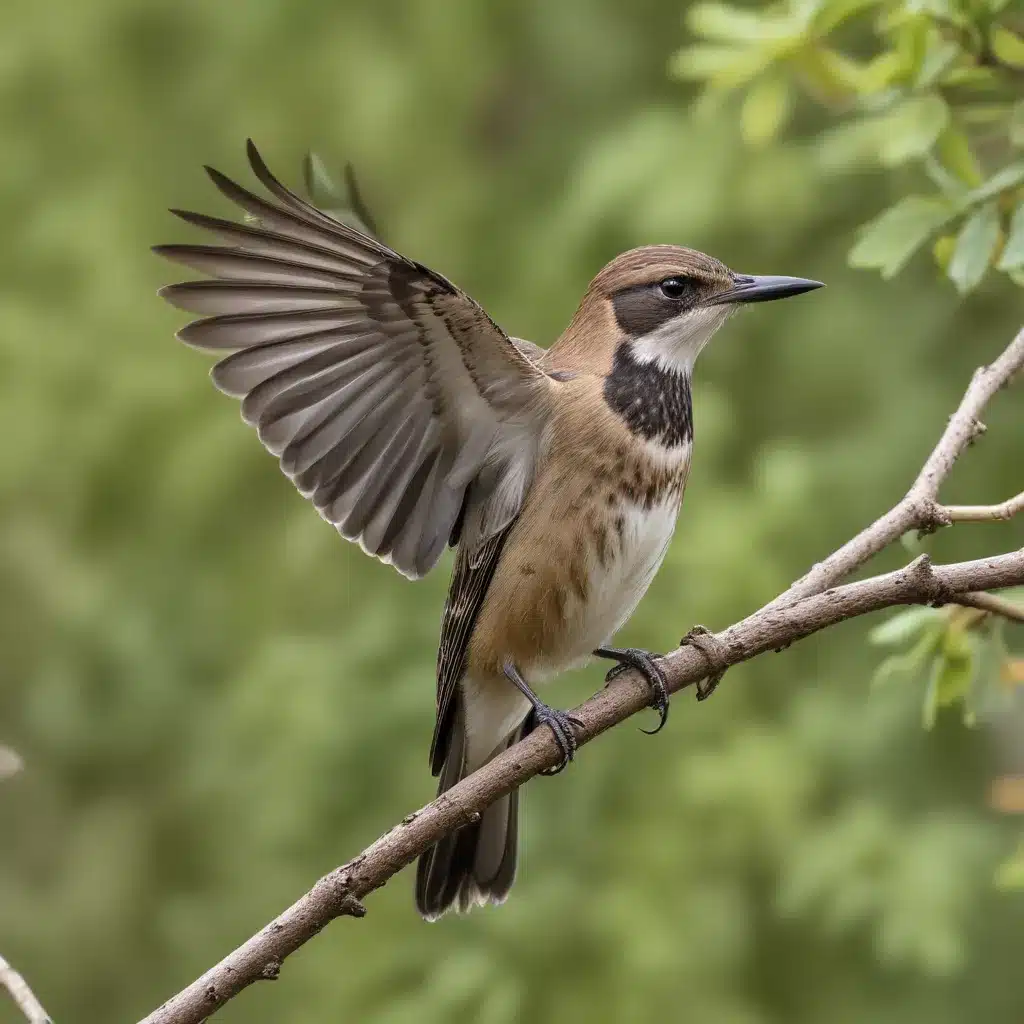
Feathered Flyers and Data Collection
Birds have an uncanny ability to captivate us. Their graceful aerial maneuvers, vibrant plumages, and melodious songs evoke a sense of wonder and curiosity. As avian enthusiasts, we are fortunate to live in an age where citizen science initiatives allow everyday nature lovers to contribute meaningfully to our understanding of the avian world.
Birding for the Greater Good
At the heart of avian citizen science lies the humble backyard birder. Through simple acts of observation and reporting, birdwatchers can provide invaluable data that informs conservation efforts worldwide. Programs like eBird, run by the Cornell Lab of Ornithology, empower birders to log their sightings, creating a real-time snapshot of bird populations, migration patterns, and habitat usage.
Avian Ambassadors: Engaging the Public
But citizen science extends far beyond casual backyard birding. Dedicated volunteers play a crucial role in monitoring nesting sites, banding migratory birds, and surveying at-risk species. These “avian ambassadors” not only collect vital data, but also engage the public, fostering a deeper appreciation for the winged wonders that share our world. From leading guided bird walks to hosting educational workshops, these passionate individuals are the backbone of avian conservation.
Exploring Bird-Focused Projects
The opportunities for citizen scientists to contribute to avian research and protection are vast and varied. Whether your interests lie in nestboxes, migration, or backyard birds, there is a project to suit every level of expertise.
Nest Monitoring Missions
One of the most accessible ways to get involved is through nest monitoring programs. Organizations like the Cornell Lab of Ornithology’s NestWatch enlist volunteers to observe and report on the breeding activities of local birds. By tracking nest success, clutch sizes, and fledgling rates, citizen scientists help biologists identify population trends and inform habitat management decisions.
Migration Mapping Initiatives
For those drawn to the epic journeys of migratory birds, projects like the Audubon Christmas Bird Count and the Great Backyard Bird Count offer the chance to contribute observations during critical periods. By logging the timing and locations of migrating species, citizen scientists paint a detailed picture of avian movements that guides conservation efforts along flyways.
Backyard Bird Counts
Even the most urban dwellers can make a difference through backyard bird surveys. Programs like Project FeederWatch, coordinated by the Cornell Lab of Ornithology, invite people to monitor the avian visitors to their feeders and report their findings. This data helps scientists track changes in winter bird populations and identify emerging threats to common species.
Winged Wanderers and Data Insights
The contributions of citizen scientists extend far beyond the field. By harnessing the collective power of public observations, researchers can uncover patterns and trends that would be nearly impossible to detect through traditional methods alone.
Leveraging Citizen Observations
Citizen science initiatives tap into the diverse experiences and perspectives of participants, creating a rich tapestry of data. A backyard birder in Florida may notice the first arrival of a migrant species weeks before a biologist in Maine, while a dedicated volunteer monitoring a nesting colony can provide crucial insights into breeding success. By aggregating these localized observations, scientists gain a more comprehensive understanding of avian populations and their changing needs.
Trends and Patterns in Avian Populations
The sheer volume of data collected through citizen science projects allows researchers to identify long-term trends that would otherwise be obscured. Analyzing decades of Christmas Bird Count data, for example, has revealed alarming declines in common birds like the Eastern Meadowlark and the Evening Grosbeak. Armed with this knowledge, conservation organizations can tailor their efforts to protect the most vulnerable species.
Informing Conservation Efforts
The insights gleaned from citizen science initiatives are vital for guiding conservation strategies. By mapping the locations of breeding sites, migratory stopover points, and wintering grounds, biologists can prioritize land acquisitions, habitat restoration, and policy decisions. Citizen-collected data also helps identify emerging threats, such as the impact of climate change or the spread of invasive species, enabling a more proactive approach to safeguarding bird populations.
Cultivating an Avian-Centric Citizenry
While the scientific value of citizen science is undeniable, the true power of these initiatives lies in their ability to inspire and engage the public. By fostering a sense of connection and stewardship, these programs cultivate a new generation of avian enthusiasts and conservation champions.
Birding Clubs and Community Engagement
Across the country, birding clubs and local Audubon chapters provide a welcoming community for both seasoned and aspiring birdwatchers. These groups organize guided field trips, host educational talks, and coordinate citizen science projects, offering opportunities for skill-building and camaraderie. By connecting people with their local avian populations, these organizations help build a strong, bird-centric constituency.
Educational Outreach for All Ages
Engaging the public, especially young people, is crucial for the long-term success of avian conservation. Programs like the Audubon Birding Academy and the Cornell Lab of Ornithology’s BirdSleuth curriculum bring the wonder of birds into classrooms, inspiring the next generation of ornithologists and environmental stewards. From hands-on activities to virtual field trips, these initiatives ignite a lifelong passion for our feathered friends.
Inspiring the Next Generation of Ornithologists
Citizen science initiatives don’t just collect data—they also cultivate the next generation of avian experts. By providing opportunities for hands-on learning and mentorship, these programs give aspiring ornithologists the chance to hone their skills and gain valuable field experience. Many youth birding camps, such as the Coastal Maine Bird Studies for Teens on Hog Island, have launched the careers of leading researchers and conservation advocates.
As we explore the wonders of the avian world, citizen science initiatives offer a unique and empowering way to contribute to our understanding and protection of birds. From backyard birders to dedicated volunteers, each observation and data point helps illuminate the intricate tapestry of avian life. By fostering a deep connection between people and the winged wanderers that grace our skies, these programs are shaping a future where birds thrive, and humanity is all the richer for it.


